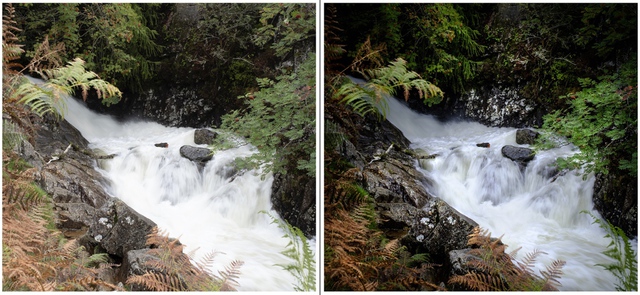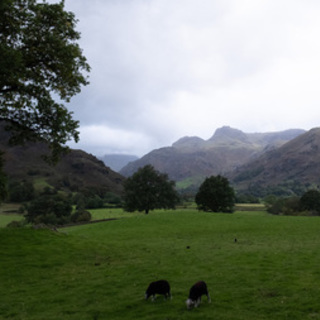Photography
Stickle Ghyll redux

In late 2018 I spent a week in the Lake District and managed a couple of days photography, including a workshop with Nigel Danson. I recently went back to an unprocessed image from the workshop day and am quite happy with the results.
I recently wrote about processing with intent, and this I think is a good example of it. I shared my original set of images from the Lake District only a couple of weeks after returning which allowed me to apply some of the inspiration I’d got from being there while it was relatively fresh as well as some tips from Nigel, but sometimes a little more distance helps us see images afresh.
This photo has been sitting in my ‘Selects’ collection in Lightroom ever since. The raw file was badly over-exposed—though it turns out far from beyond recovery—which didn’t help me in remembering what it was I liked about the scene enough to set up my tripod and make the image.

With the distance of time and, on re-finding the image while browsing around said selects collection, the composition caught my eye again. A few recent Youtube videos from Adam Gibbs, Nigel Danson and Thomas Heaton had left thoughts of dodging and burning rolling around in the back of my mind and the two combined to having another go at this scene.
Something Adam Gibbs does excellently is selective adjustments in post-processing, particularly when it comes to dodging and burning. While the end result of this image still isn’t a portfolio piece, that’s not so much the point. It was a fun exercise in practising selective adjustments on an image it turned out pretty well, particularly given the starting point.
I particularly like the detail and feeling of moisture I was able to bring back to the foreground rocks. There are a couple of elements that still throw the balance of the image slightly off, but the only solution is to have spotted them on the day and re-composed.
I really like coming back to images years later, with fresh eyes and extended knowledge, to see what can be done with them. I’d recommend giving it a try: browse through some old images and pick one or two that stand out to you. All the better if they’re images you ignored previously, but it can also be interesting to re-process old favourites too.




